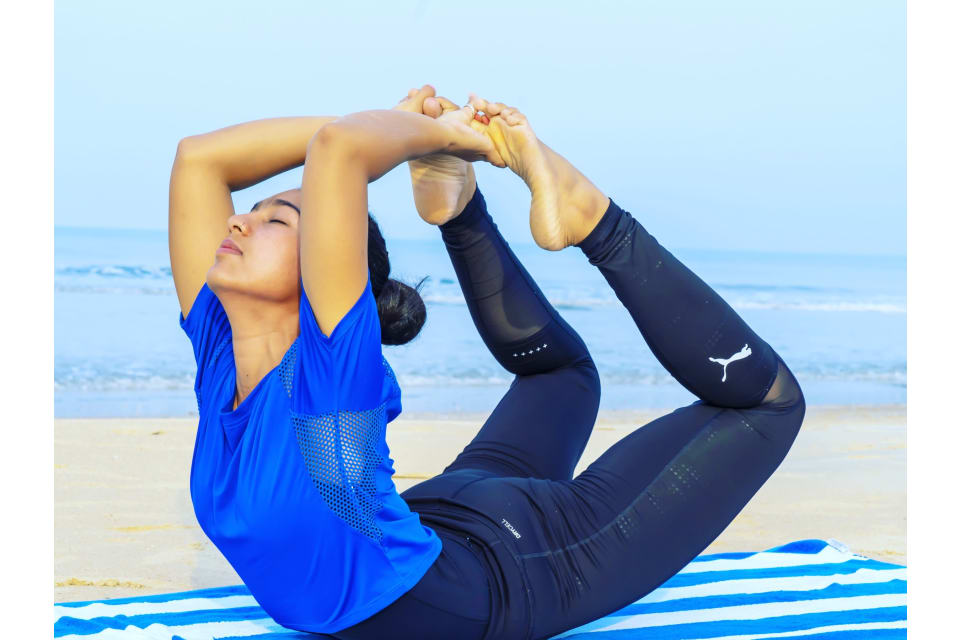I was destined to be Yogi

When I was young, I would see my parents wake up early and exercise. This was how they kept their body, mind and spirit healthy and fit. As the youngest in the family, I always looked to my elders as a source of admiration and for guidance.
When I was in school, I was THAT child who was always ready to go - ready to run, exercise or participate in any physical activities.
But I never thought that my interest in physical fitness or health would turn my life into being a YOGI.

Initially, I practiced yoga for my health and fitness and looks but then I became mesmerized with the connection of our internal body and the external world.
I realized how beautifully humans are created: I felt my blood flow, my breathing, my nerves and each and every body part.
My parents, ever my idols, are social workers, engaging themselves in helping and improving society. Their commitment instilled in me a desire to help people.
As a Yoga Teacher, I want to help people improve their mental and physical well-being. I want to share this beautiful feeling of self realisation of one's own body with as many people as possible.
myYogaTeacher has given me this opportunity.
Let's enjoy this beautiful energy.
Online Yoga Classes – Live & Interactive
Get 2 free private yoga sessions and 2 weeks of unlimited group classes with authentic yoga teachers. No credit card required when you sign up today!
Share this post?
Interesting Articles
New 1-on-1 Hip Opening Series: Unlock Freedom in Movement
The new transformative 1-on-1 Hip Opening Series, specially designed to release tension and boost strength and mobility in your hips, is the perfect w...
Continue ReadingYoga for IBS: Poses and Practices for Symptom Management
Do you suffer from Irritable Bowel Syndrome (IBS)? This common gastrointestinal disorder affects millions of people worldwide and can cause discomfort...
Continue ReadingWhat is Shakti Yoga? Beginner’s Guide to Shakti Yoga
Maybe you’ve seen it offered at your local yoga studio or online, but you haven’t tried it because you’re not quite sure what it is. Shakti yoga, or S...
Continue ReadingRecent Articles
Neck and Shoulder Yoga for Pain Relief : New 1-on-1 Series!
Announcing A New 1-on-1 Series! We’re offering a new series of 1-on-1 classes! Our Neck and Shoulder Yoga for Pain Relief is designed to hel...
Continue ReadingOur New And Improved Group Class Platform!
Here's a quick walkthrough of our new GC interfaceExciting news! Our platform got an upgrade!MyYogaTeacher is always evolvi...
Continue ReadingNew 1-on-1 Hip Opening Series: Unlock Freedom in Movement
The new transformative 1-on-1 Hip Opening Series, specially designed to release tension and boost strength and mobility in your hips, is the perfect w...
Continue Reading© Copyright 2020 MyYogaTeacher Inc

